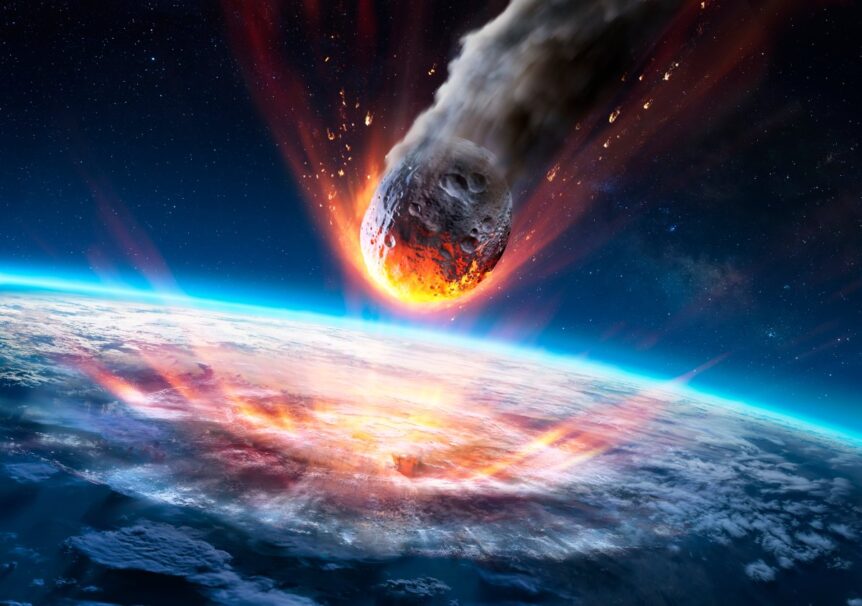Imagine the unthinkable: a colossal asteroid slamming into Earth. The stakes are astronomical, the consequences dire. How would this catastrophic event unfold, step by step, and what would be the fallout?
1. Detection and Initial Response

Image Credit: Shutterstock / Gorodenkoff
Upon detection, space agencies would calculate the asteroid’s trajectory, providing potentially years of lead time. The global community would need to decide on deflection or evacuation strategies, though the size of the asteroid might severely limit effective options.
2. Entry and Atmospheric Impact
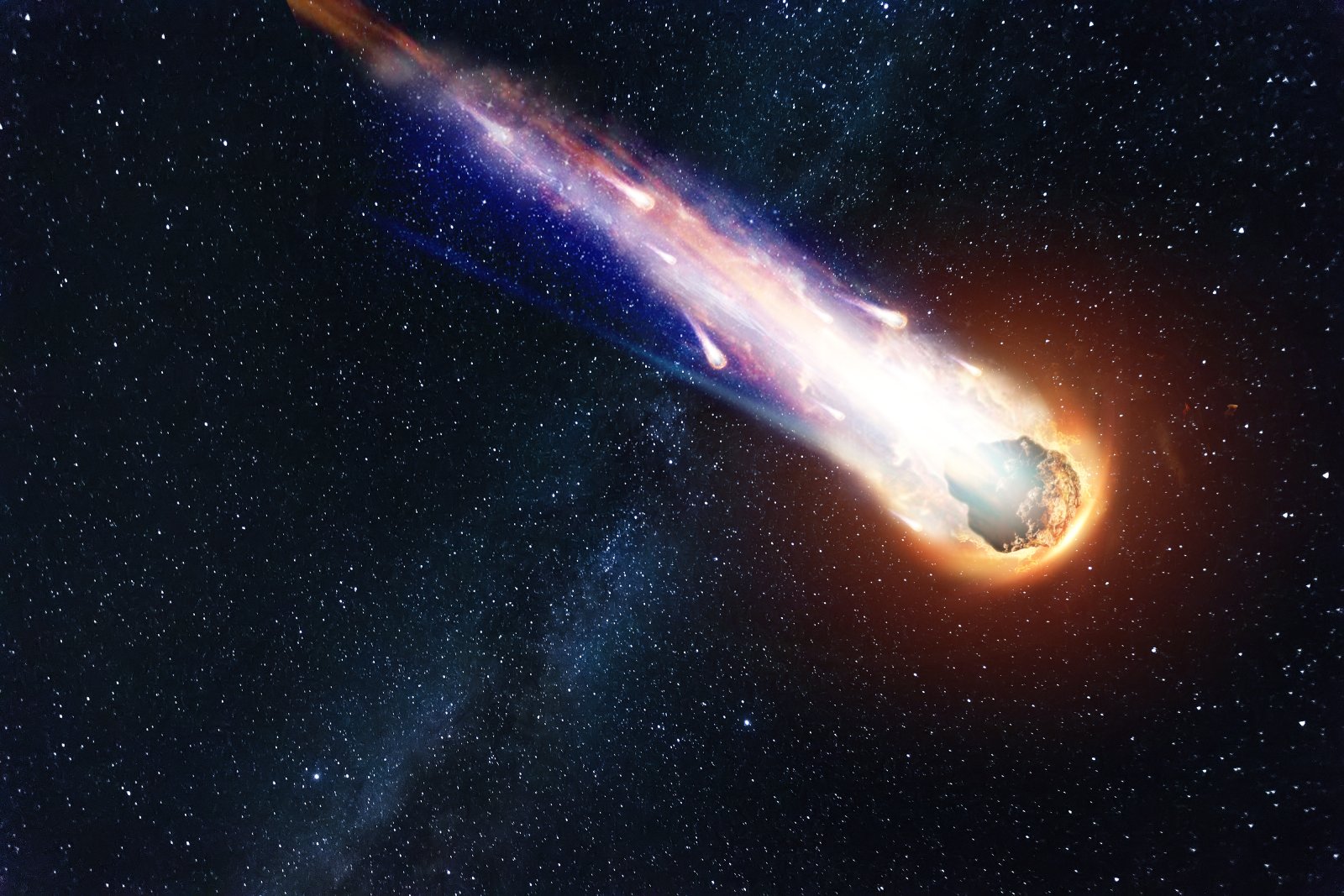
Image Credit: Shutterstock / Marko Aliaksandr
As the asteroid enters Earth’s atmosphere, it would compress air beneath it, heating to temperatures exceeding the surface of the sun. This intense heat would cause the asteroid to ignite, creating a visible fireball across vast distances.
3. Impact and Crater Formation
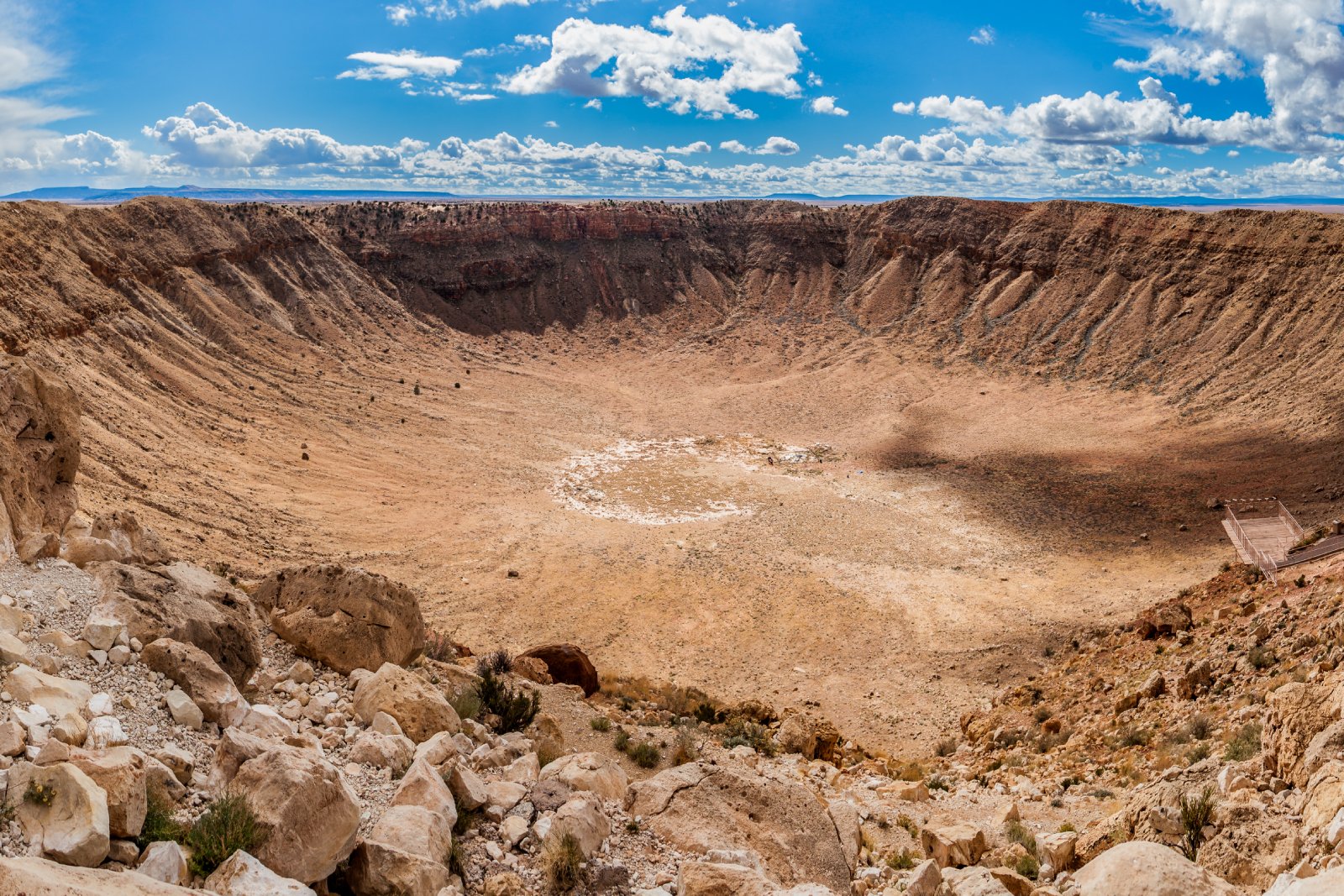
Image Credit: Shutterstock / turtix
The asteroid’s collision would release energy equivalent to millions of nuclear bombs, forming a crater potentially over 100 miles wide, instantly vaporizing materials and ejecting massive quantities of earth into the atmosphere.
4. Shockwaves and Seismic Activity
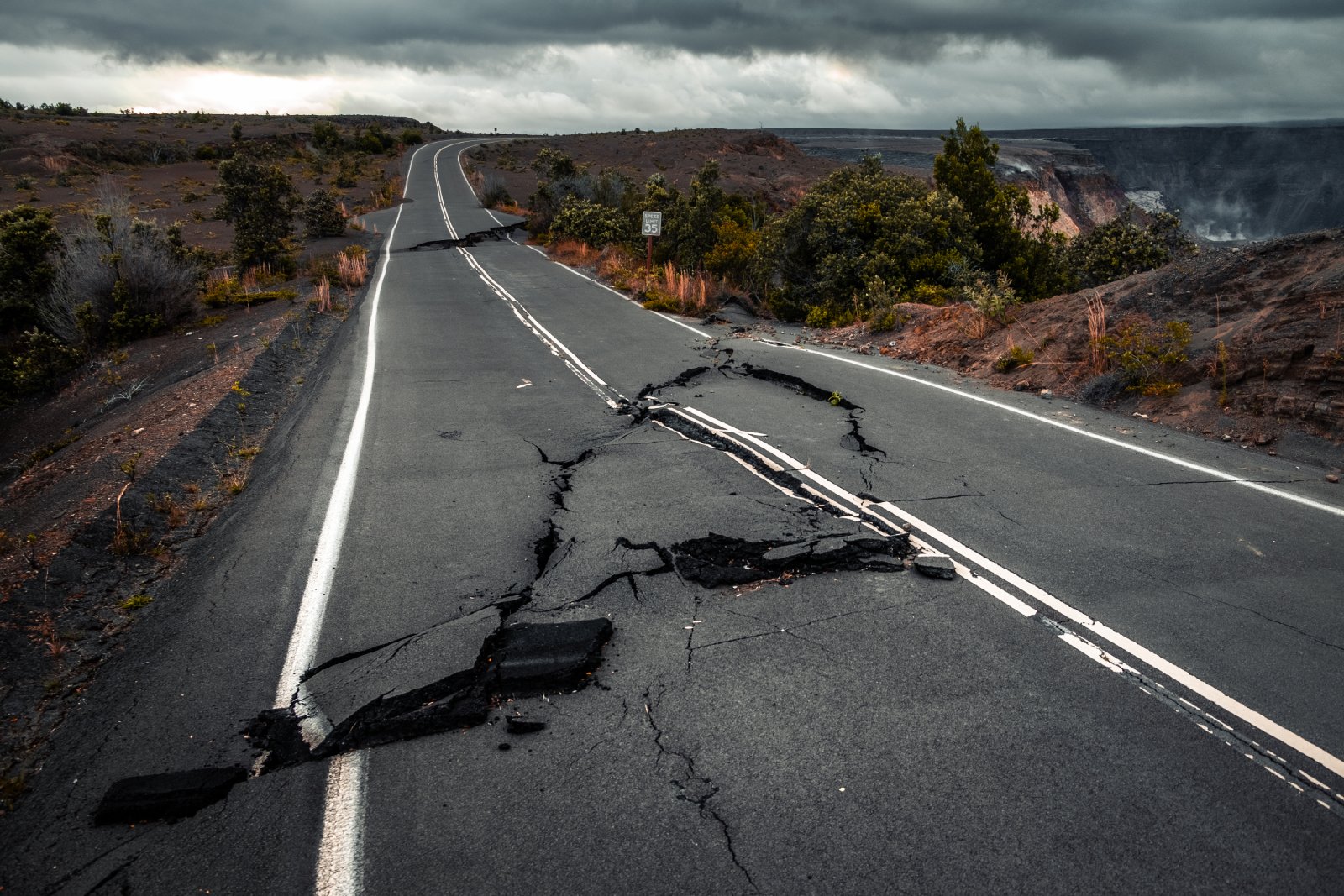
Image Credit: Shutterstock / Dudarev Mikhail
Shockwaves from the impact would trigger global seismic activity, possibly reaching magnitudes up to 9 or 10 on the Richter scale. These quakes would be capable of collapsing buildings and infrastructure hundreds of miles away from the impact site.
5. Ejecta and Firestorms
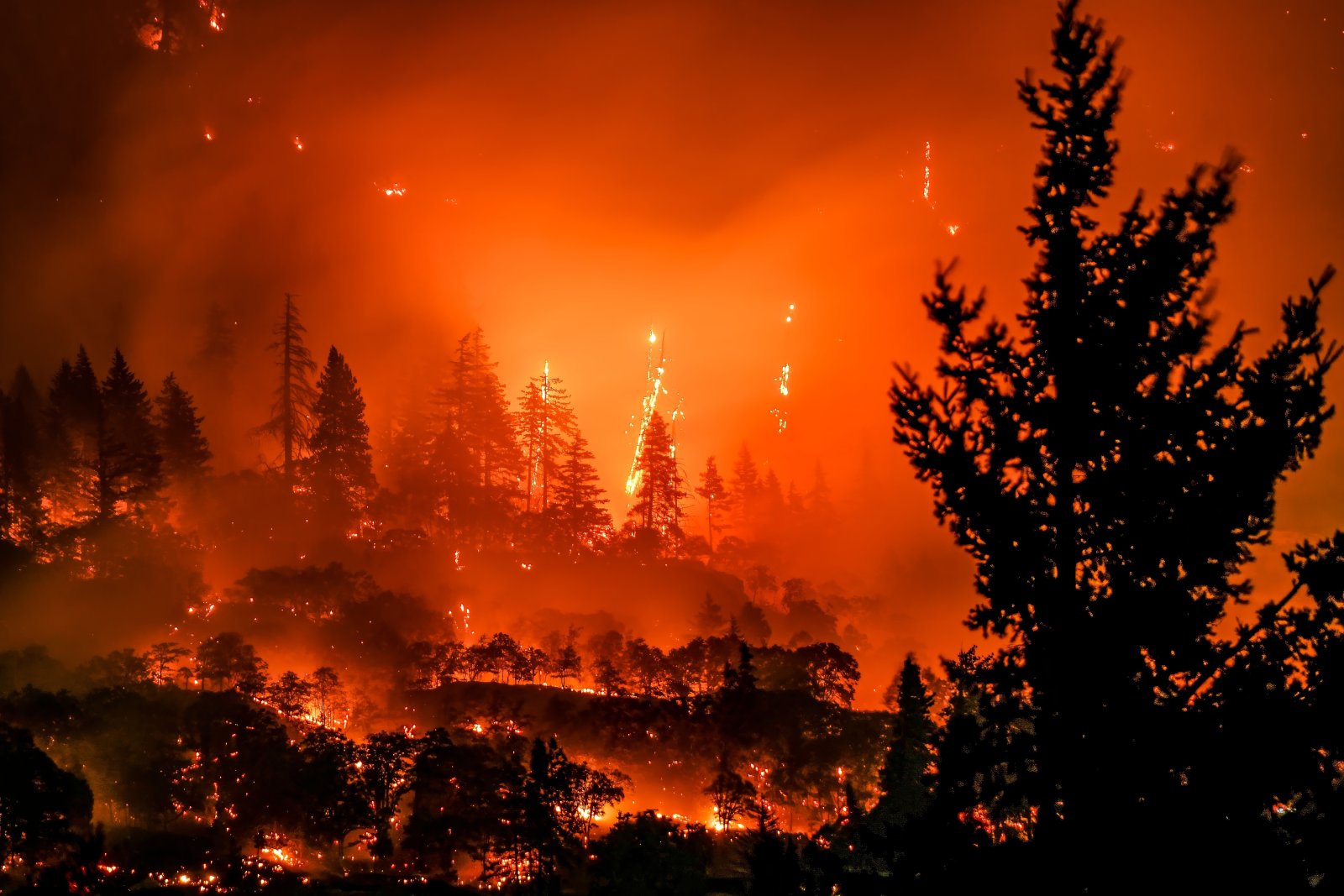
Image Credit: Shutterstock / Christian Roberts-Olsen
Massive amounts of debris ejected into the atmosphere would re-enter and fall back to Earth, igniting firestorms capable of burning forests, cities, and croplands, contributing to global climate change.
6. Tsunamis and Flooding
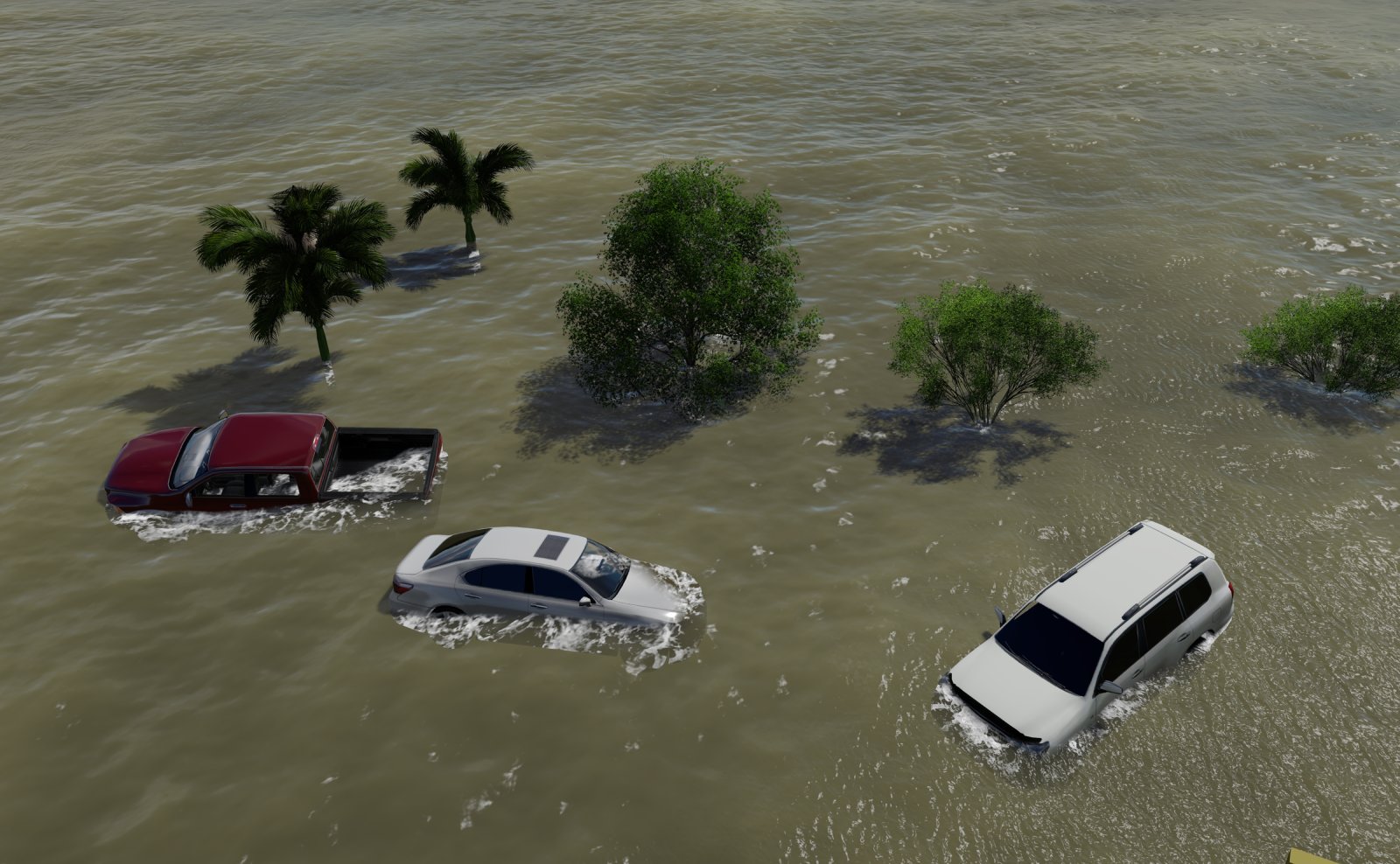
Image Credit: Shutterstock / Adansijav Official
If the impact site is an ocean, it would displace enormous volumes of water, generating tsunamis traveling across ocean basins. These massive waves would lead to catastrophic flooding and destruction of coastal cities worldwide.
7. Atmospheric Dust and Soot
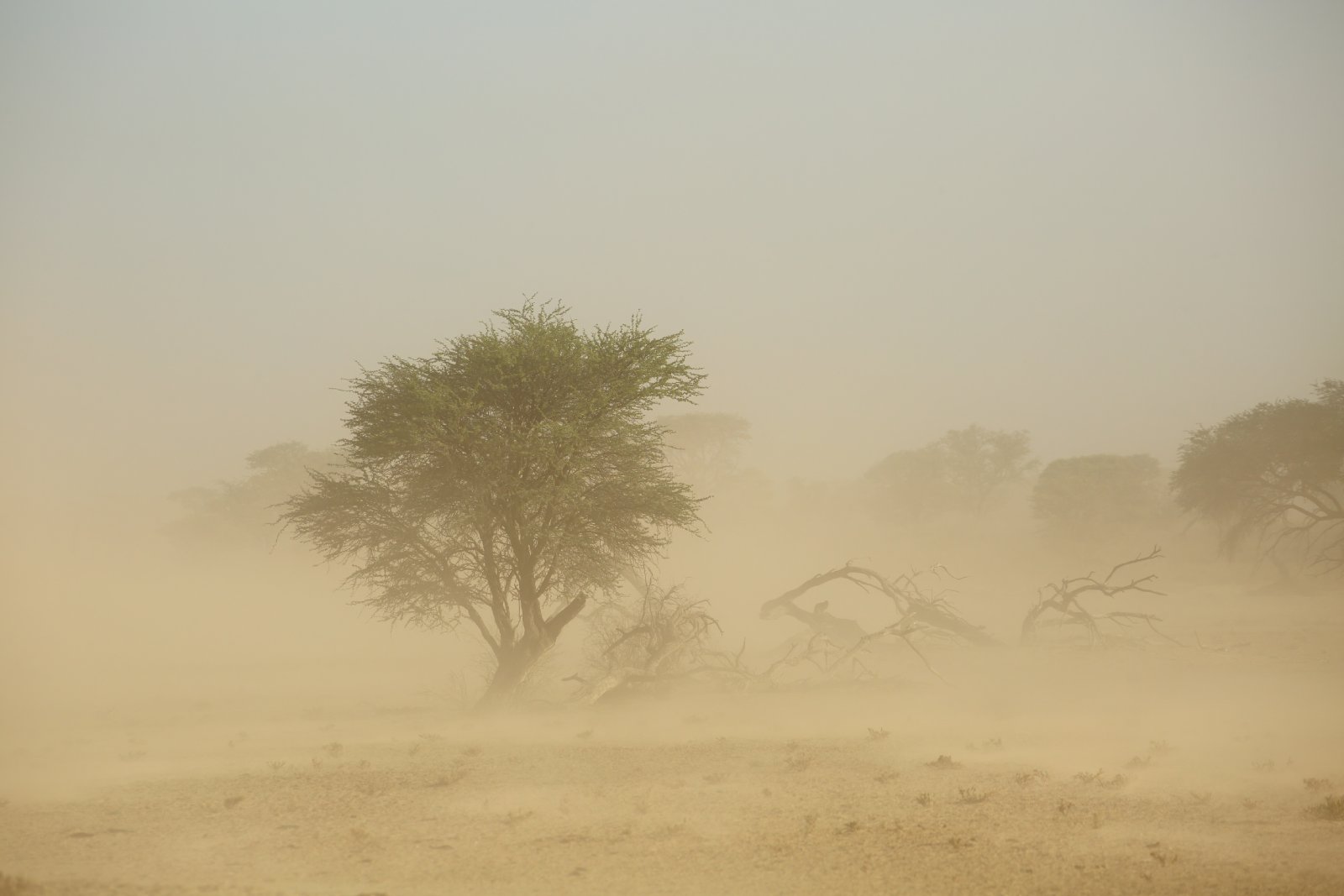
Image Credit: Shutterstock / EcoPrint
The firestorms and pulverized rock would send soot and dust into the stratosphere, blocking sunlight. This could significantly lower global temperatures, disrupting agricultural cycles and leading to a nuclear winter scenario.
8. Impact Winter and Ice Age Conditions

Image Credit: Shutterstock / Ondrej Prosicky
The diminished sunlight would cause global temperatures to drop, initiating a mini ice age. This extended winter could last for years, severely disrupting ecosystems and human settlements.
9. Acid Rain
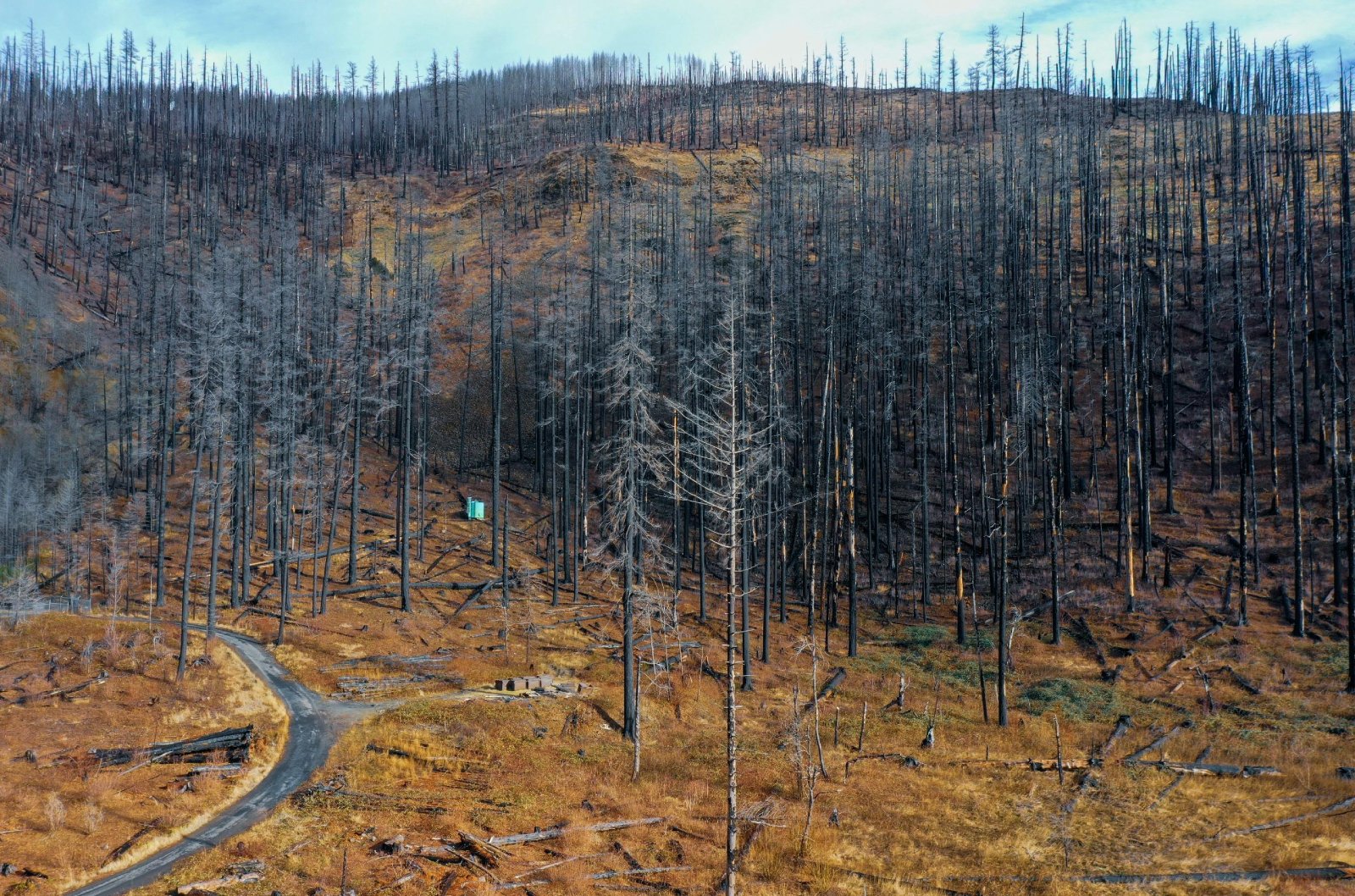
Image Credit: Pexels / Stephen McDaniel
Post-impact atmospheric changes would also lead to acid rain, polluting water sources, damaging crops, and causing widespread environmental damage.
10. Disruption of the Food Chain

Image Credit: Shutterstock / ESB Professional
With reduced sunlight and ecological turmoil, photosynthesis would halt, leading to the collapse of the food chain. This would result in widespread starvation and dramatic reductions in biodiversity.
11. Long-term Ecological Recovery

Image Credit: Shutterstock / GoodFocused
The recovery of Earth’s ecosystems could take millions of years. The surviving species would need to adapt to new climates, potentially evolving into new forms to fill the ecological niches left by extinct organisms.
12. Human Survival and Societal Rebuilding

Image Credit: Shutterstock / Anna Nahabed
Human survival would hinge on adapting to harsh new environmental conditions. Communities might need to build underground or enclosed habitats with artificial environments to support human life.
13. Global Collaboration on Space Defense

Image Credit: Shutterstock / Dizfoto
This scenario underscores the importance of global collaboration in monitoring and potentially deflecting hazardous near-Earth objects. Investments in space technology and international agreements on planetary defense are critical.
14. Psychological Impact on Survivors

Image Credit: Shutterstock / Dikushin Dmitry
The psychological toll on survivors would be immense, dealing with the loss of loved ones, communities, and the world as they knew it. Mental health support would be a critical component of recovery efforts.
15. Loss of Global Heritage

Image Credit: Shutterstock / AlexAnton
Cultural and historical landmarks could be obliterated, resulting in a loss of heritage and identity for many cultures around the world.
16. Shifts in Geopolitical Power

Image Credit: Shutterstock / Salivanchuk Semen
The aftermath of the impact could shift global power structures. Nations less affected by the disaster might rise in prominence, leading to new political dynamics and potential conflicts over resources and territory.
17. Innovation and Technological Advances

Image Credit: Shutterstock / Juice Flair
The necessity of survival could spur significant advancements in technology, particularly in renewable energy, agricultural methods, and living environments. This could lead to a renaissance in certain scientific fields, driven by the need to adapt to a new world order.
As the Dust Settles

Image Credit: Shutterstock / Prostock-studio
In the shadow of such a profound disaster, we must question our current preparedness and dedication to planetary defense. Are we investing enough in the technologies and international cooperation necessary to prevent or mitigate future cosmic threats?
Oil Dumping Scandal Rocks Ships Heading to New Orleans

Image Credit: Shutterstock / Aerial-motion
Two shipping companies have been fined after knowingly hiding a large oil spill in the Atlantic Ocean. Oil Dumping Scandal Rocks Ships Heading to New Orleans
20 Eye-Opening Realities Facing Retiring Baby Boomers

Image Credit: Shutterstock / Jack Frog
As Baby Boomers approach retirement, the promise of leisure and security often seems unattainable. This generation faces unique challenges that could redefine retirement. Here’s a stark look at the realities shaping their outlook. 20 Eye-Opening Realities Facing Retiring Baby Boomers
Retail Apocalypse: Massive Closures Sweep Across U.S. Brands

Image Credit: Shutterstock / Tada Images
Stores across the U.S. are closing at unprecedented levels, according to new research from advisory firm Coresight Research. Read on for more information about the impact this could have on you and your communities. Retail Apocalypse: Massive Closures Sweep Across U.S. Brands
Featured Image Credit: Shutterstock / Romolo Tavani.
For transparency, this content was partly developed with AI assistance and carefully curated by an experienced editor to be informative and ensure accuracy.

